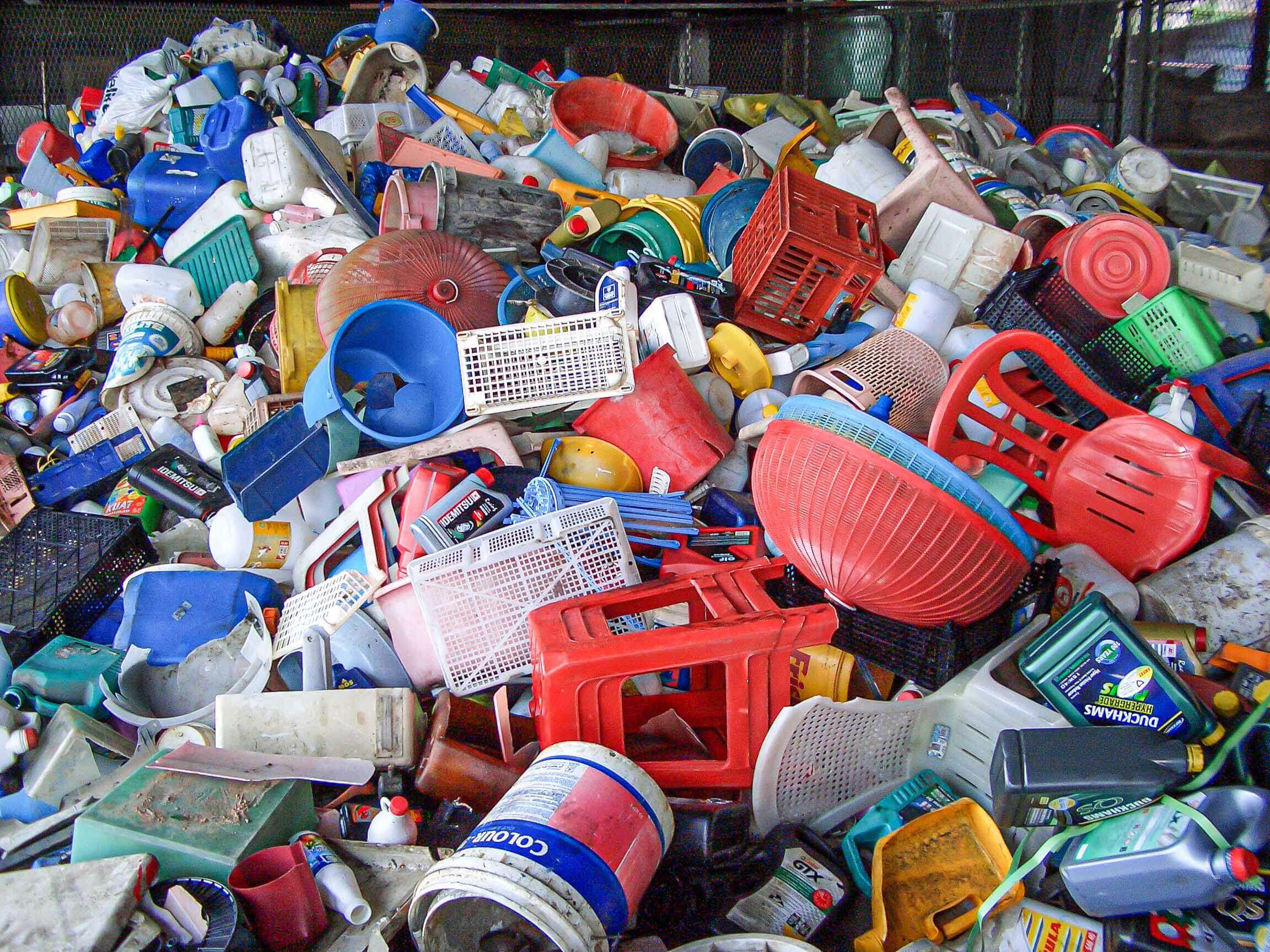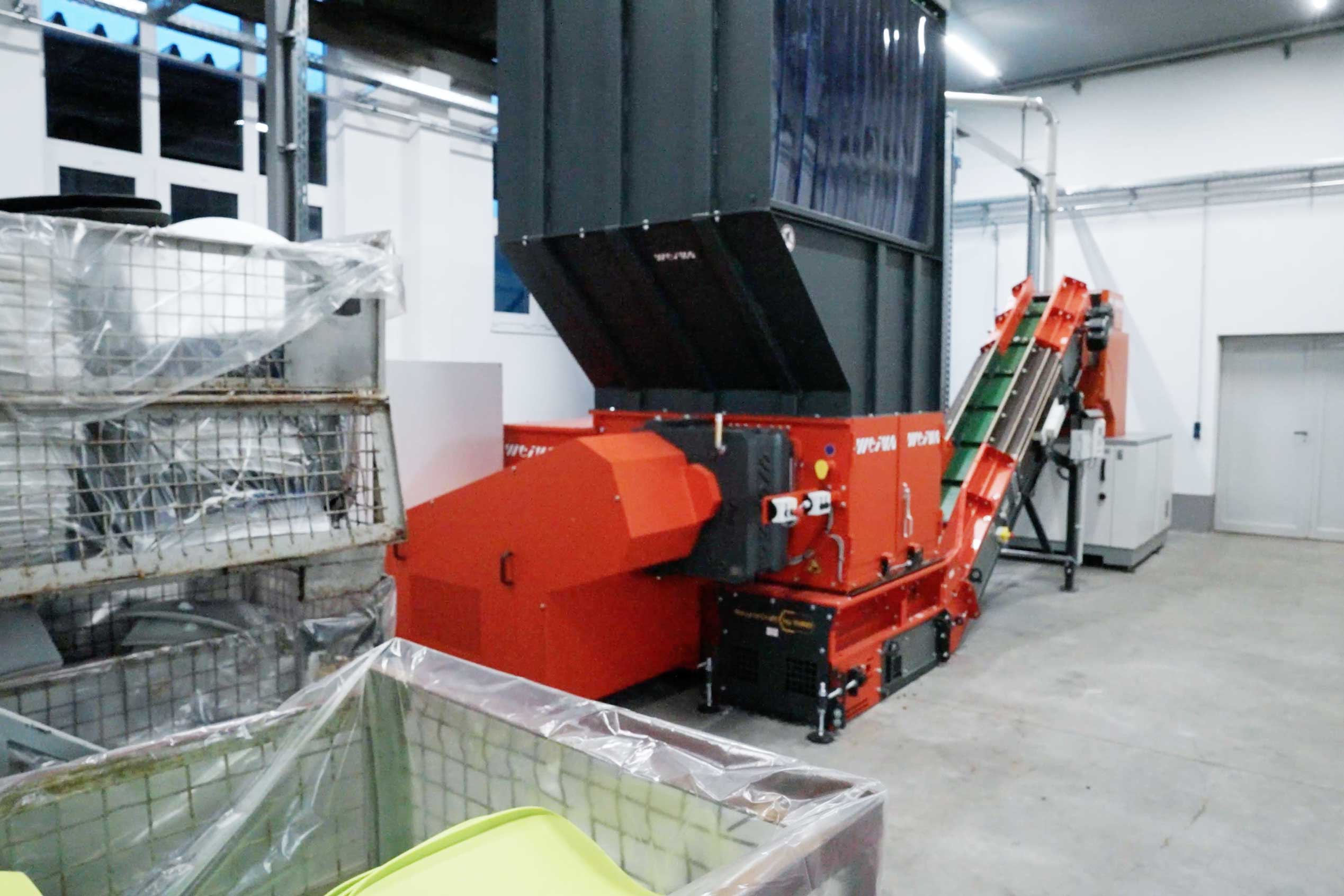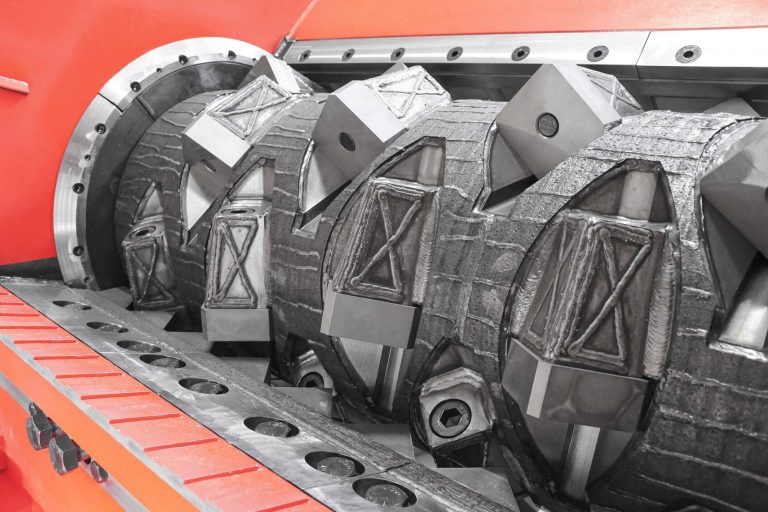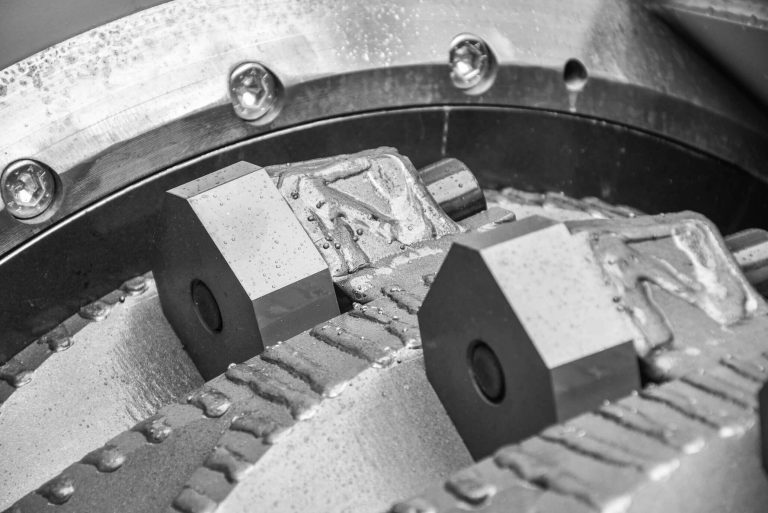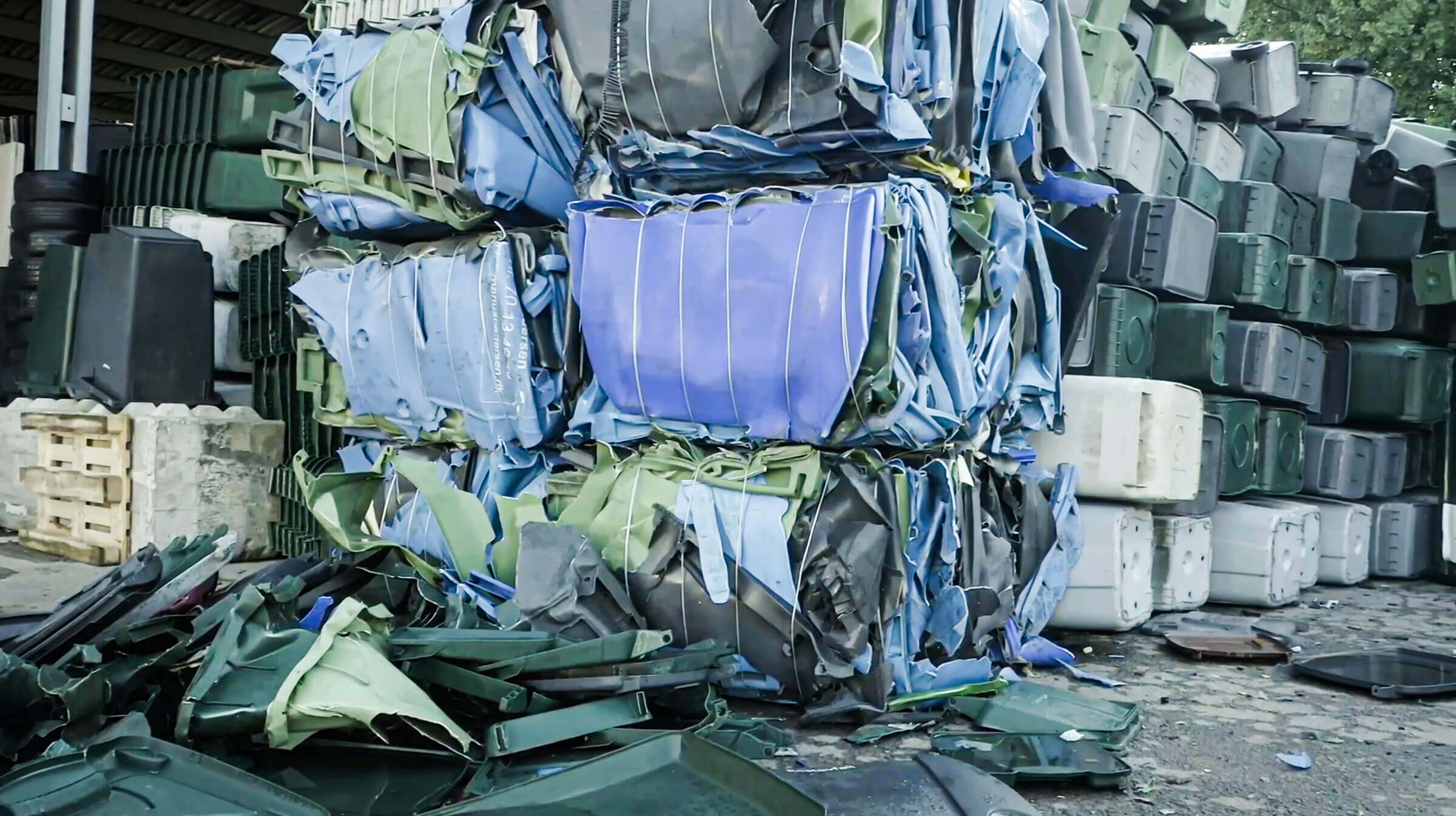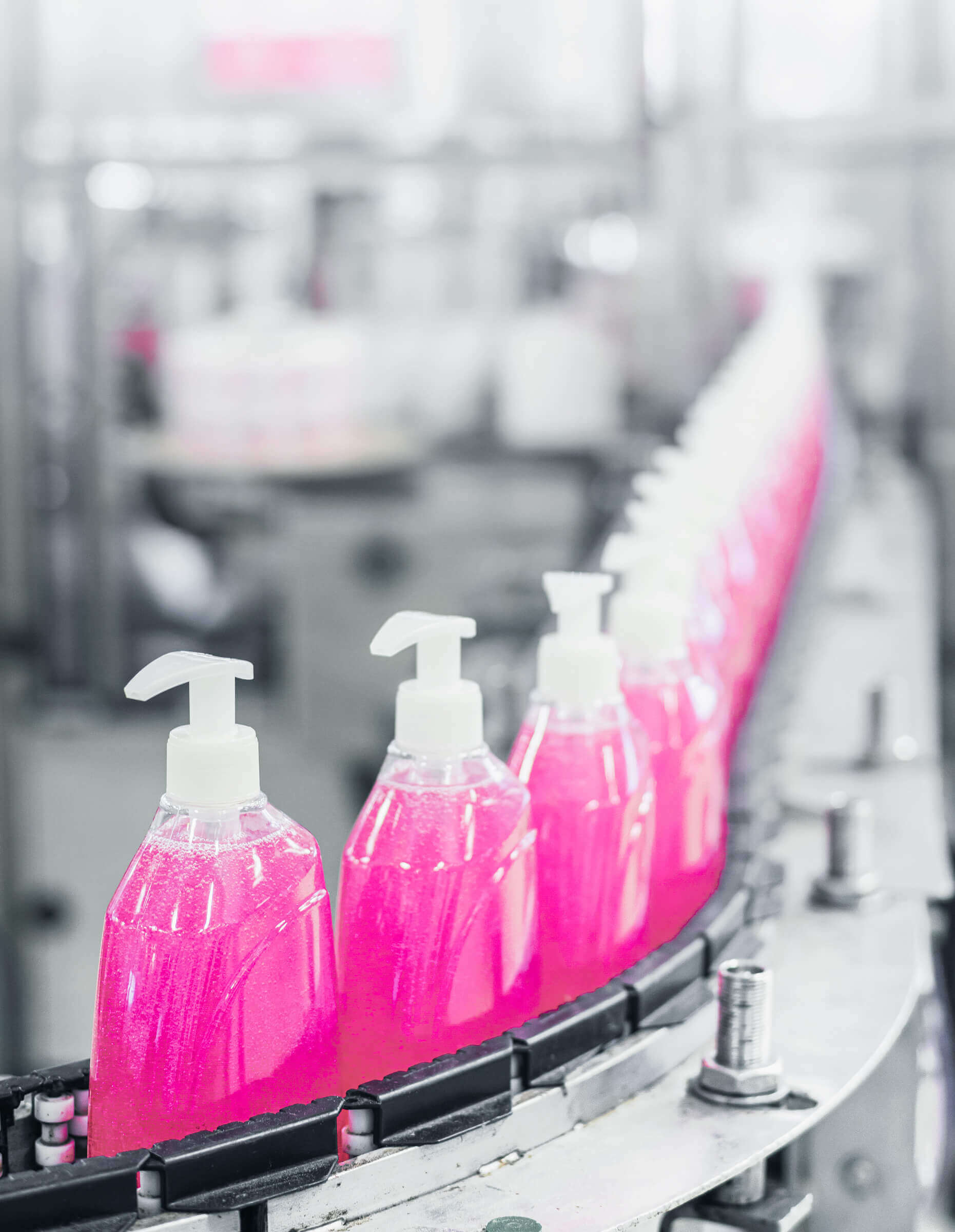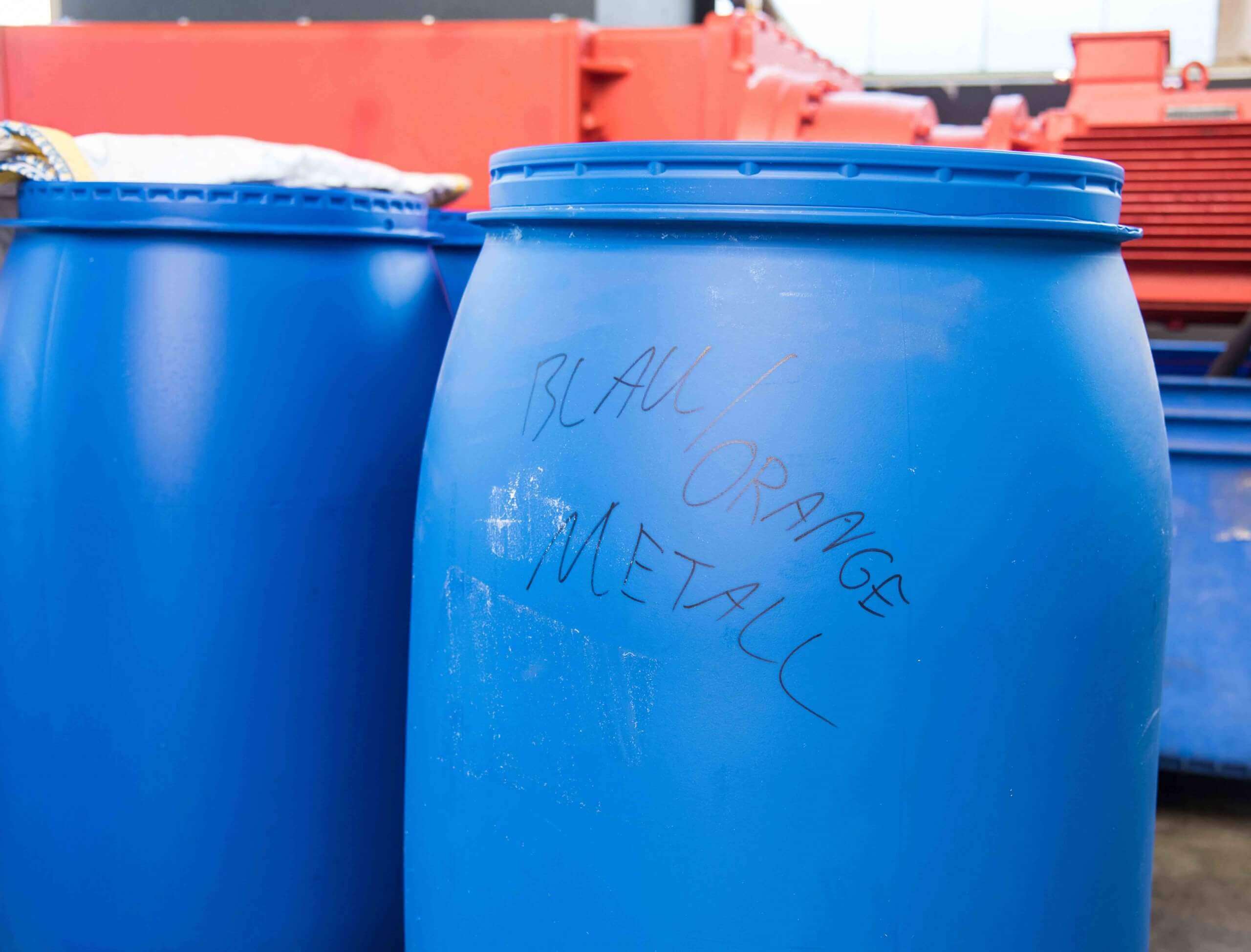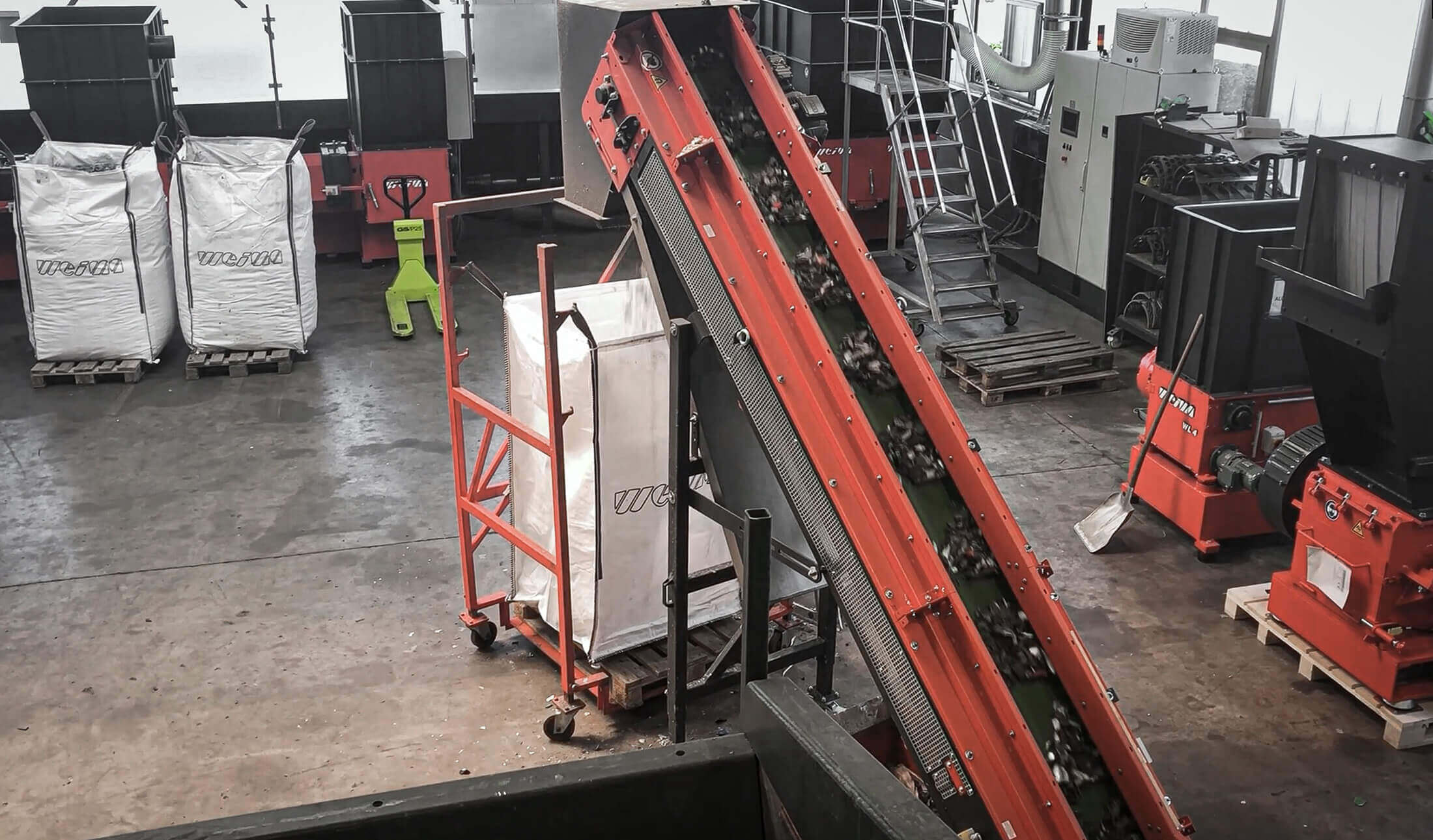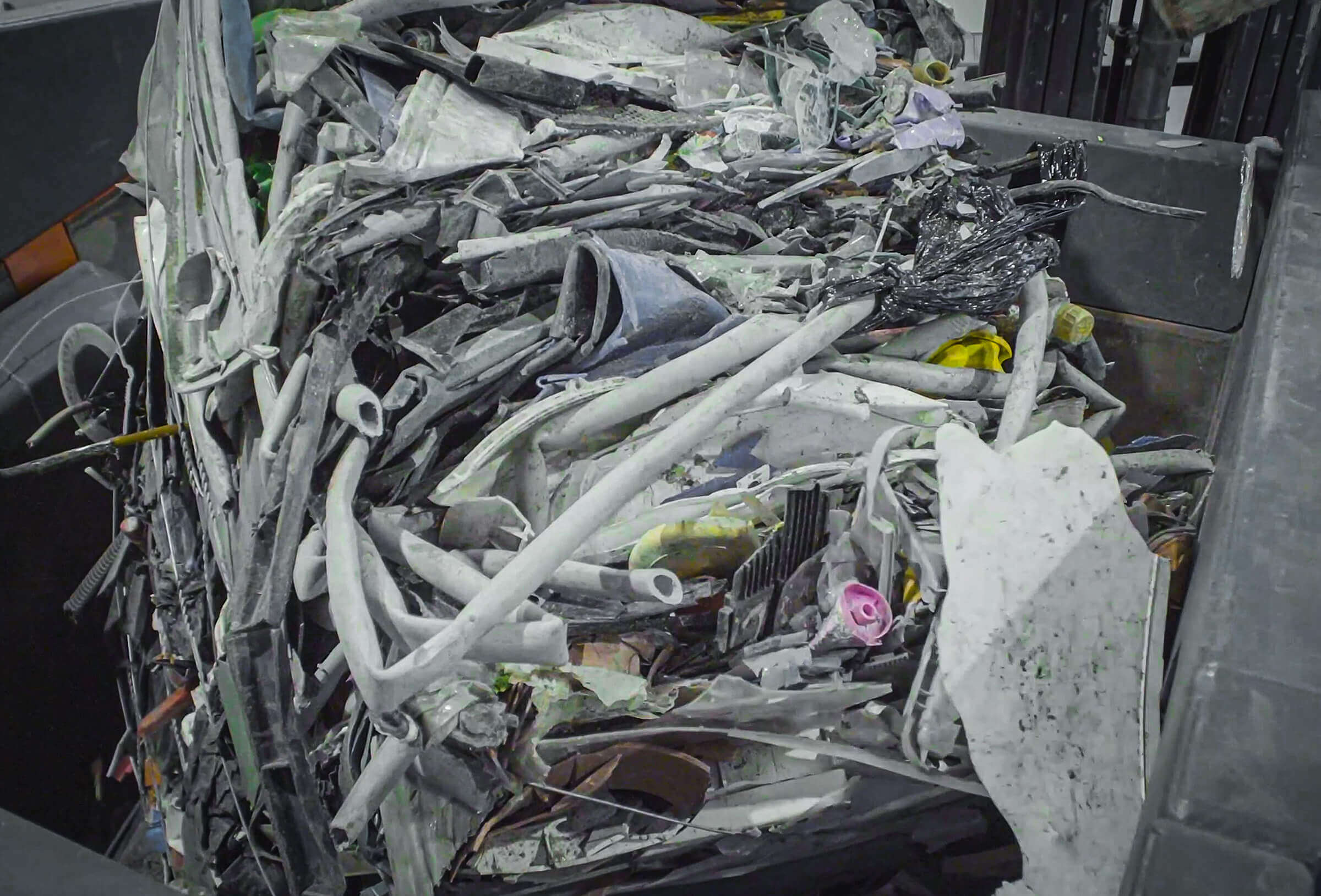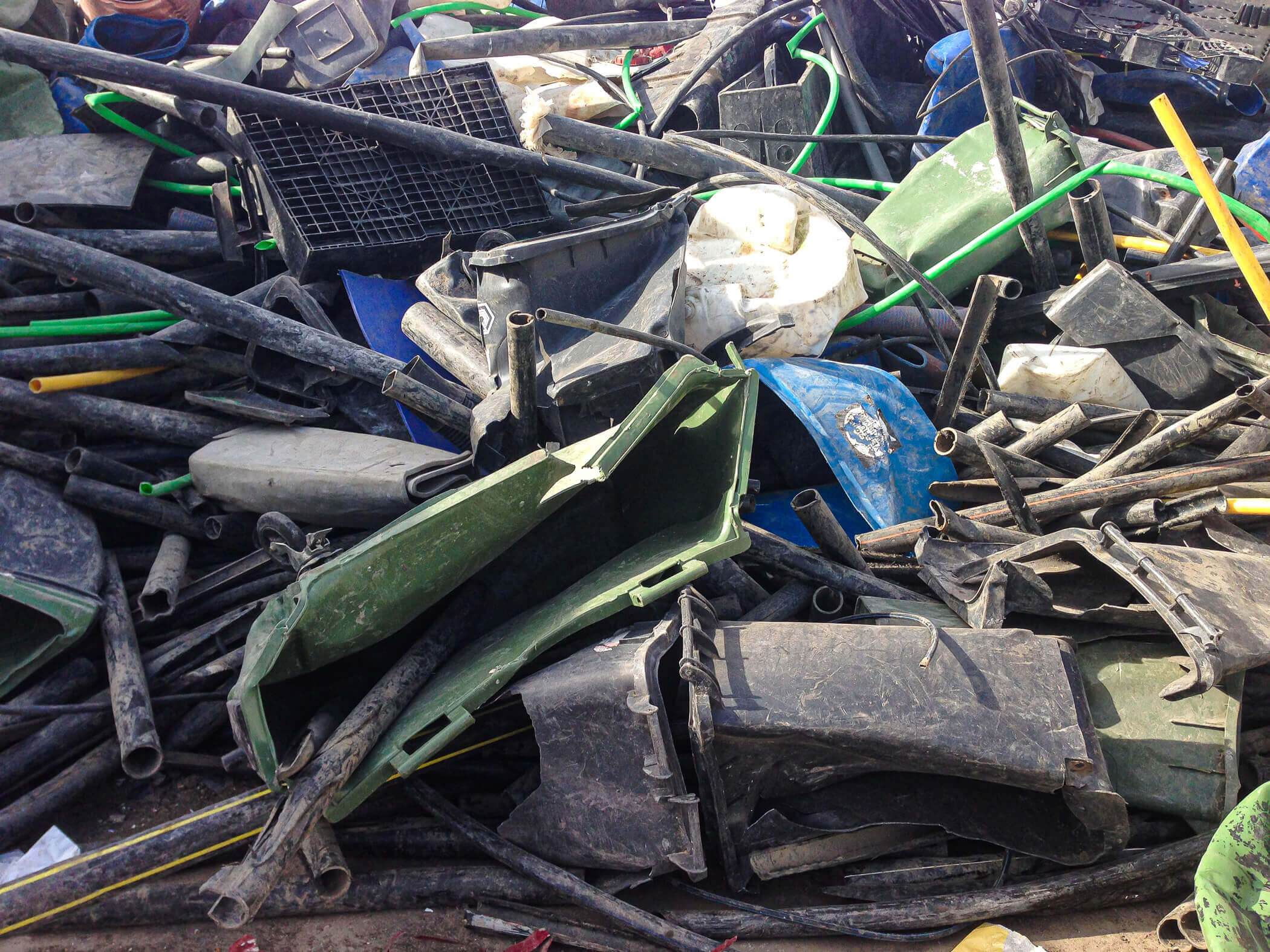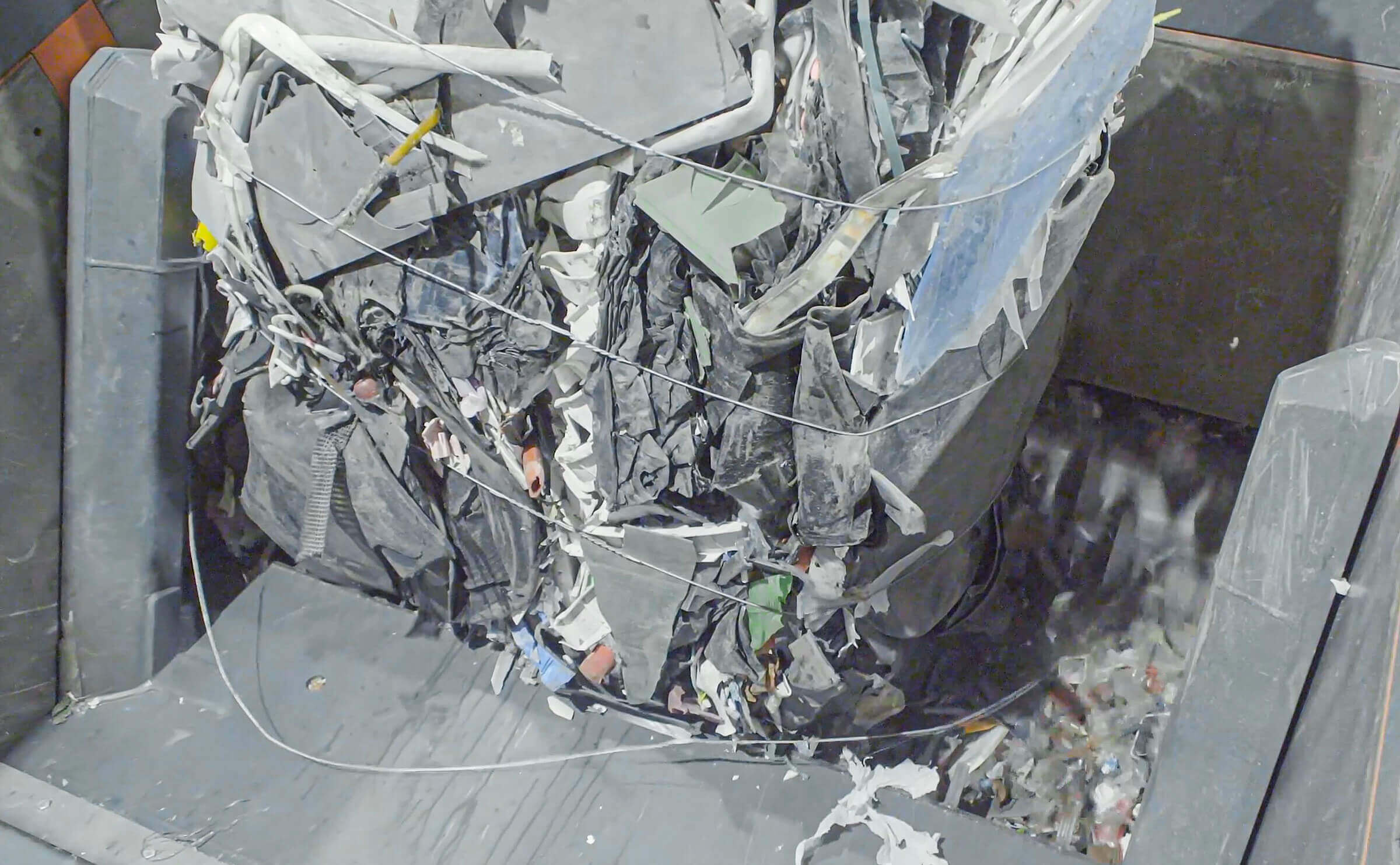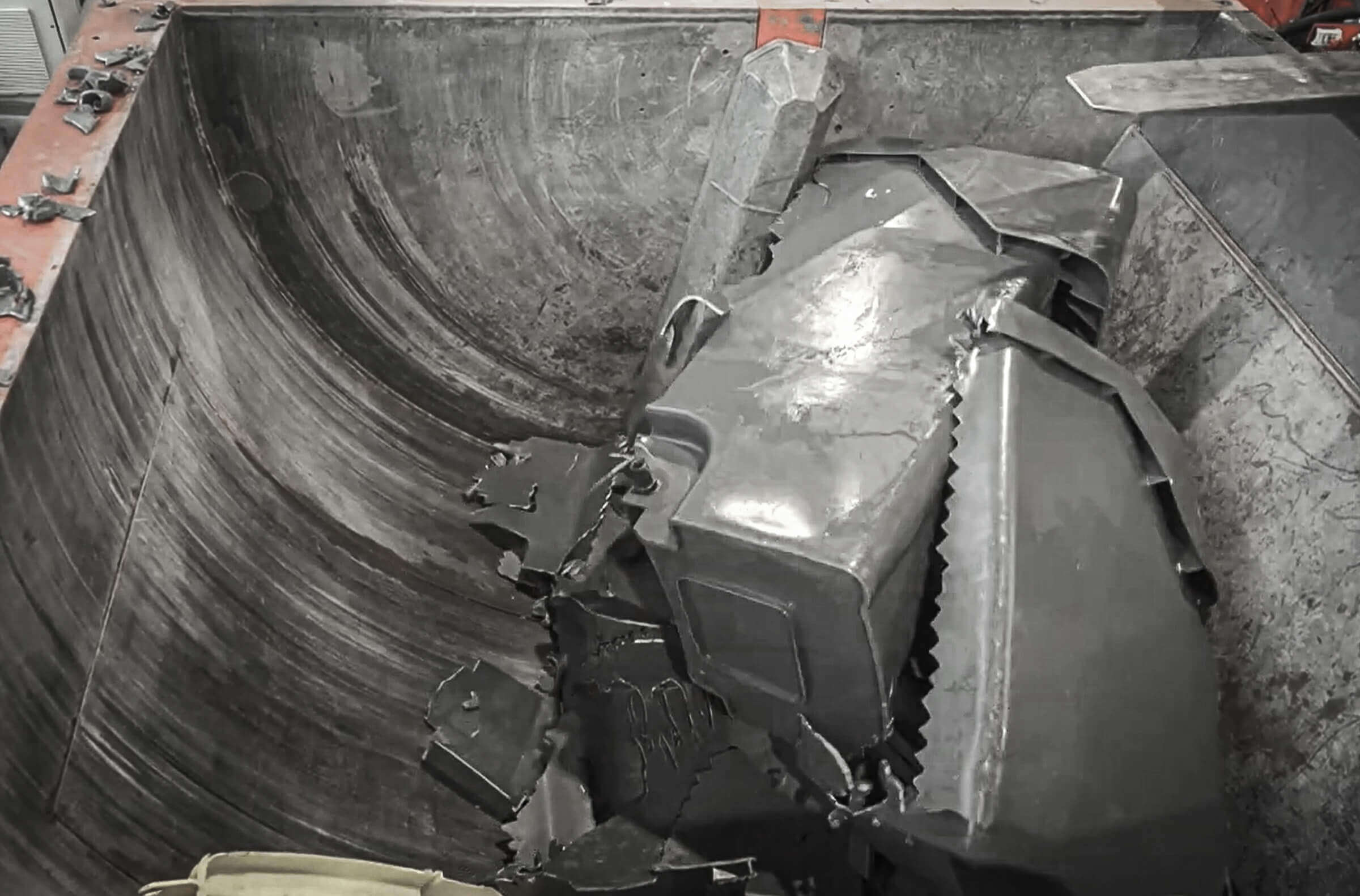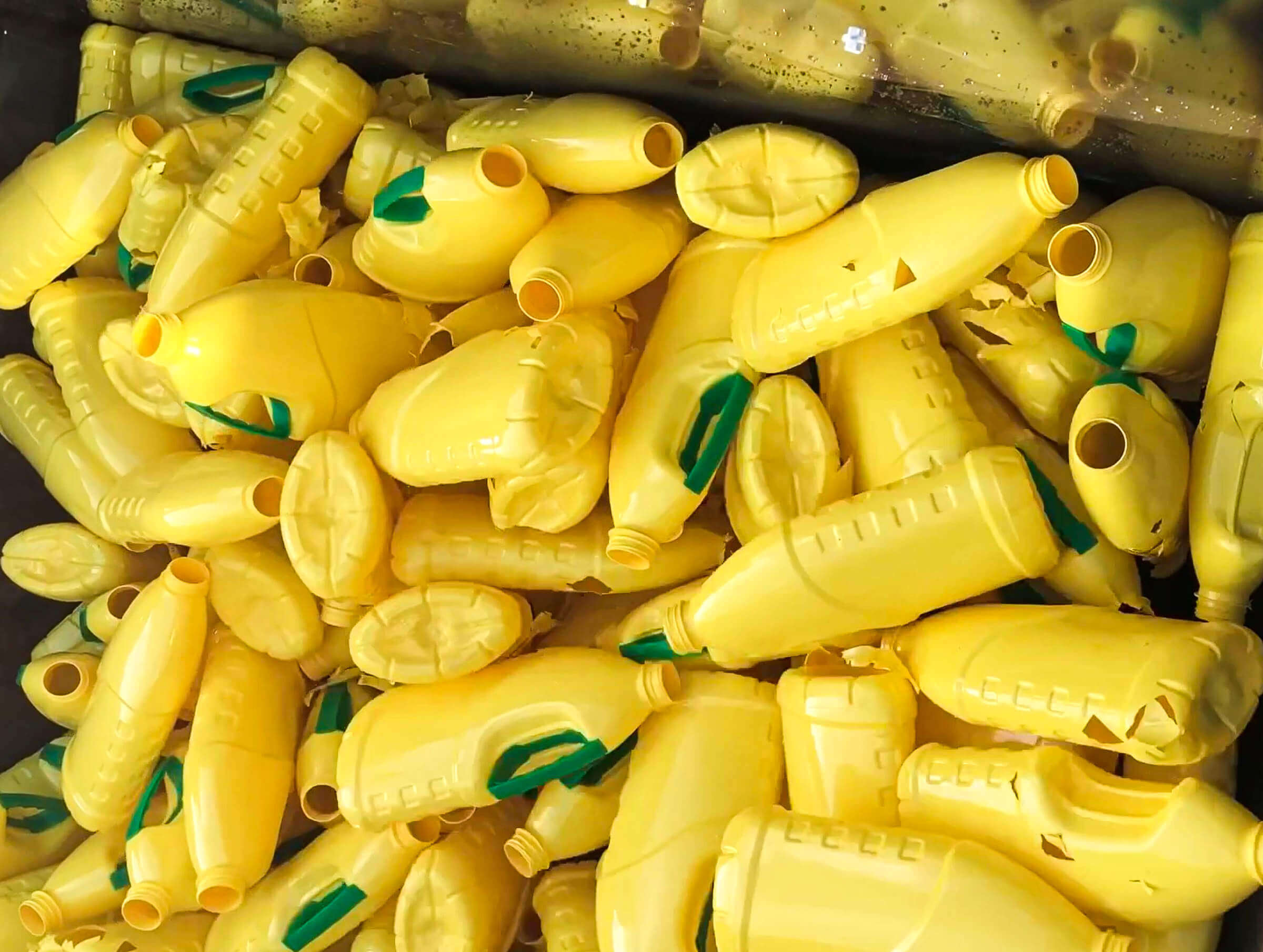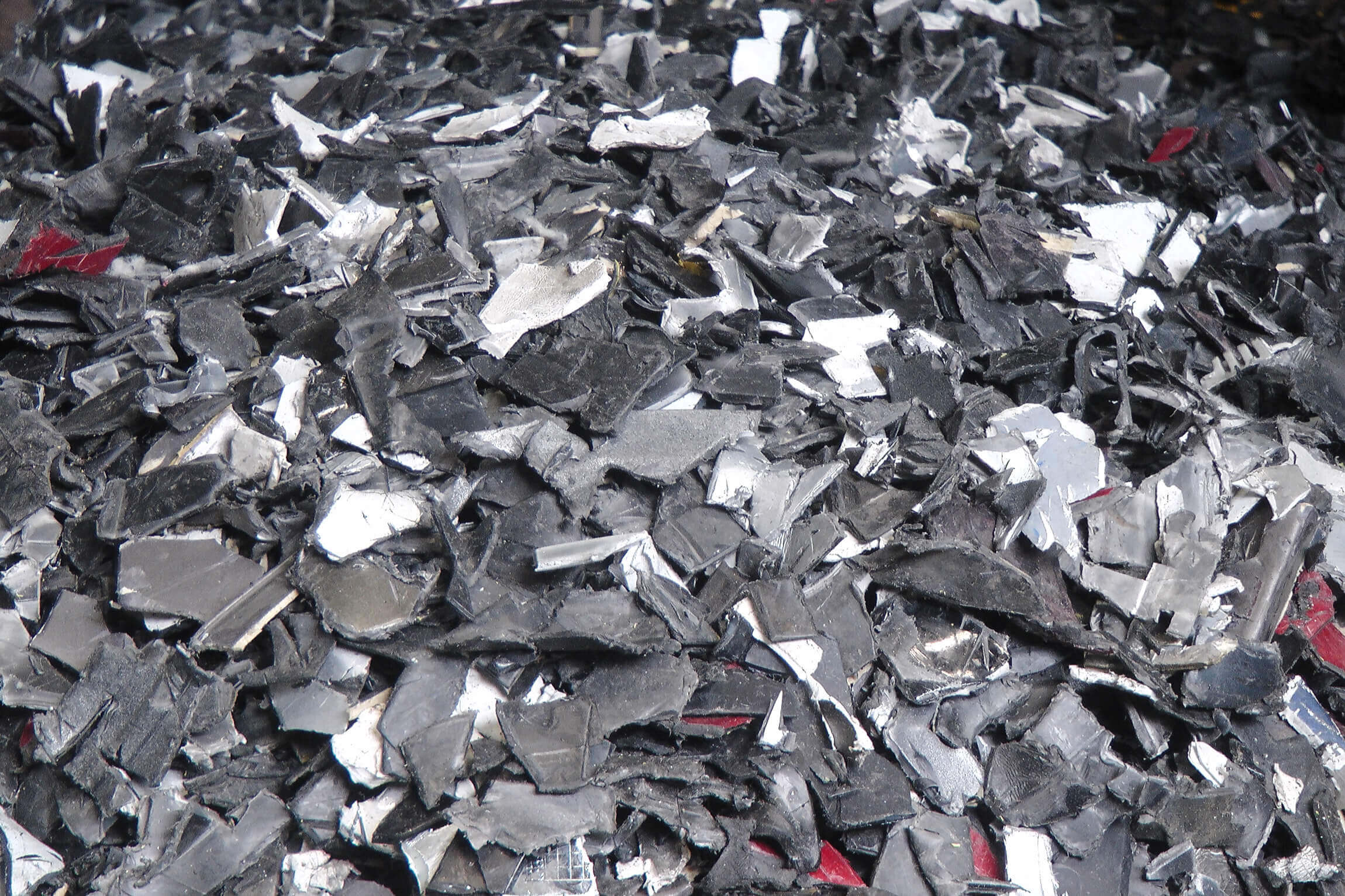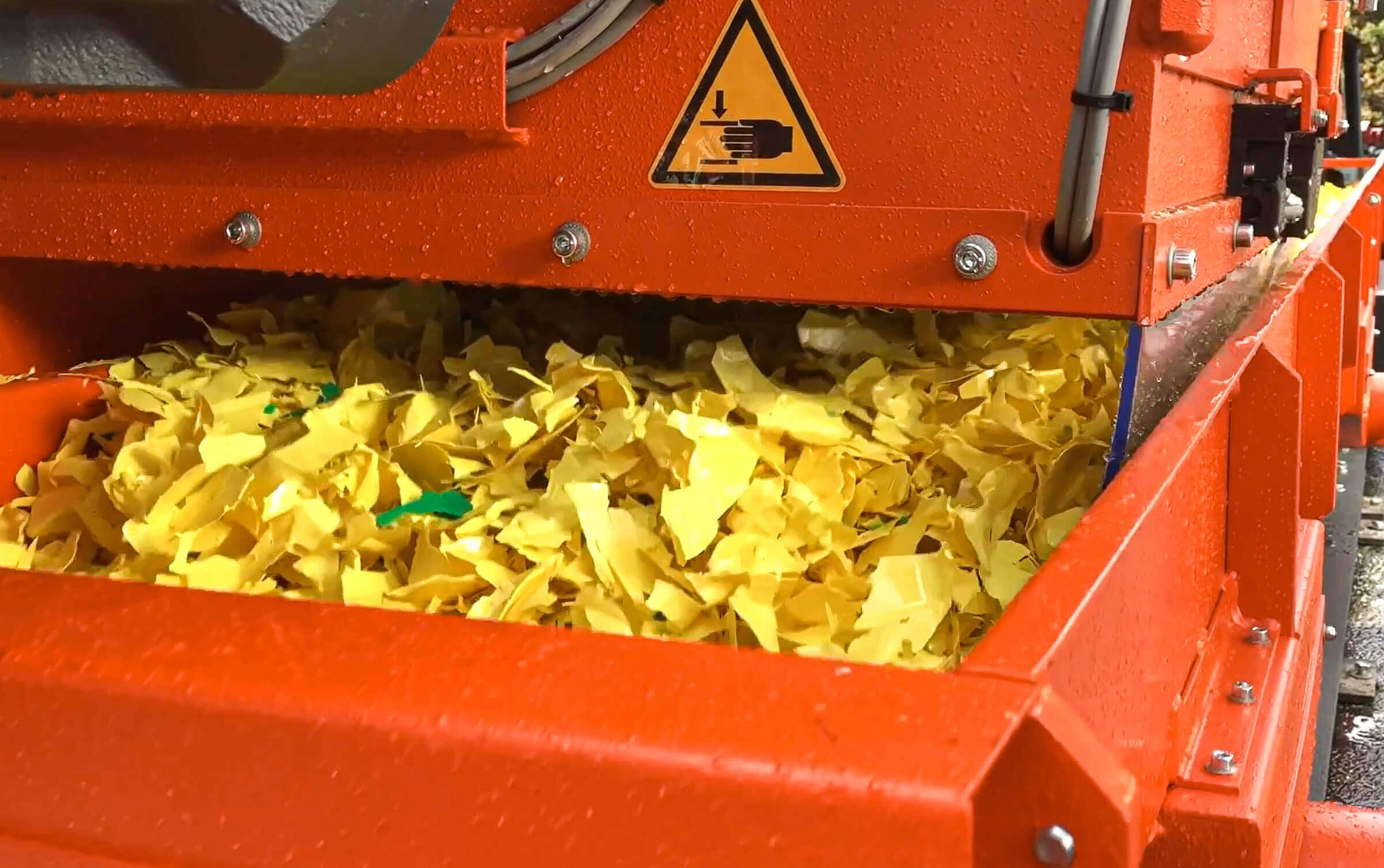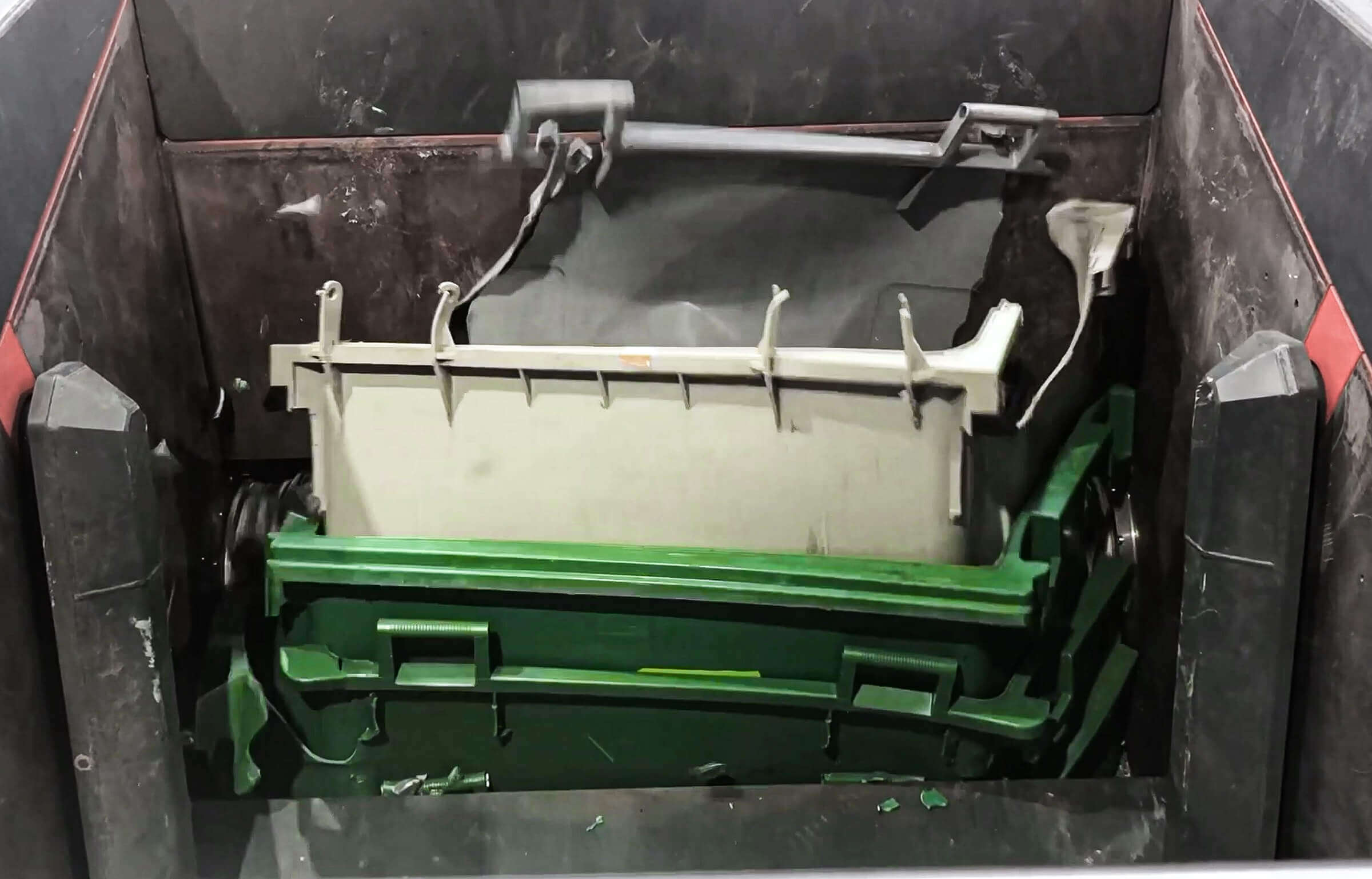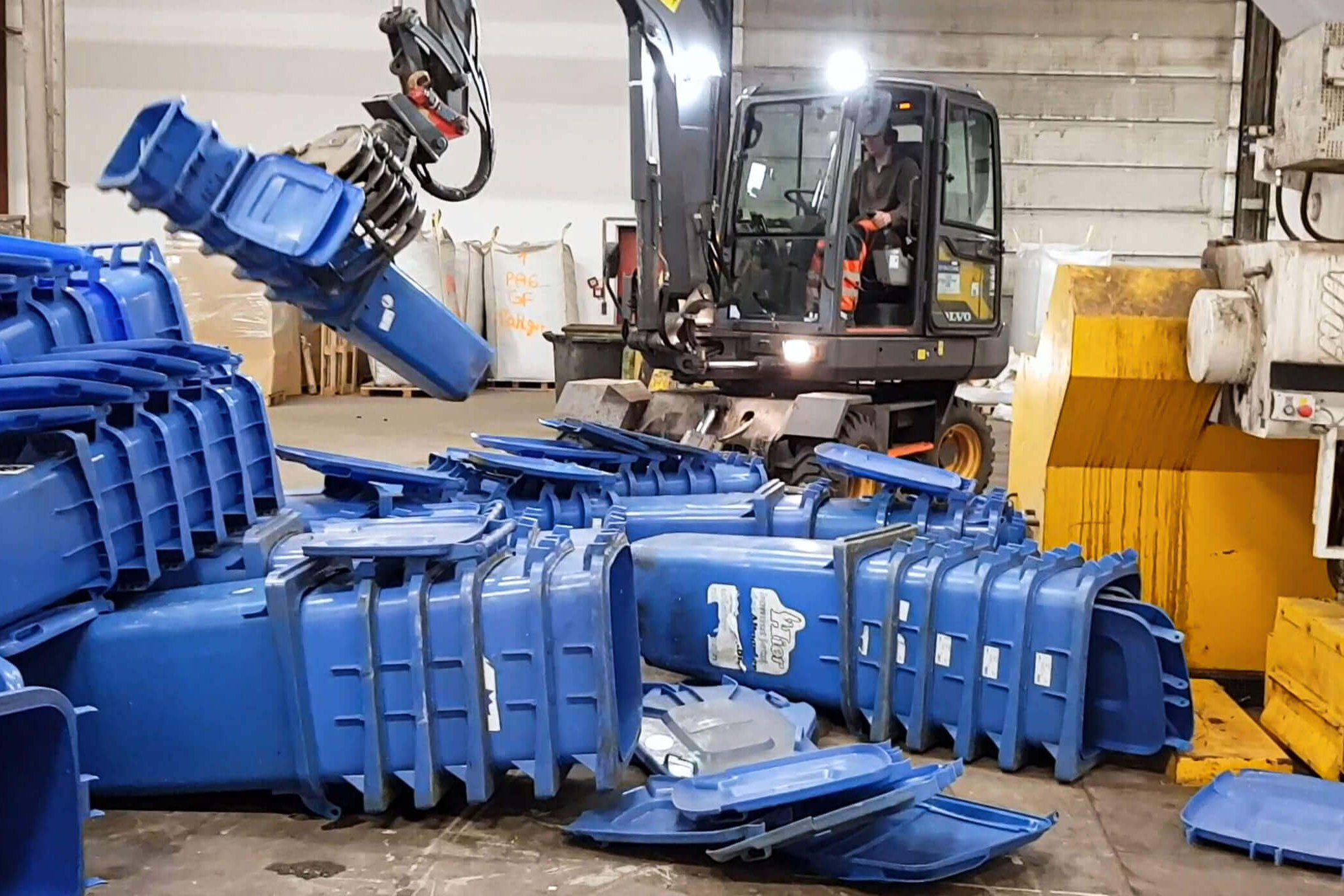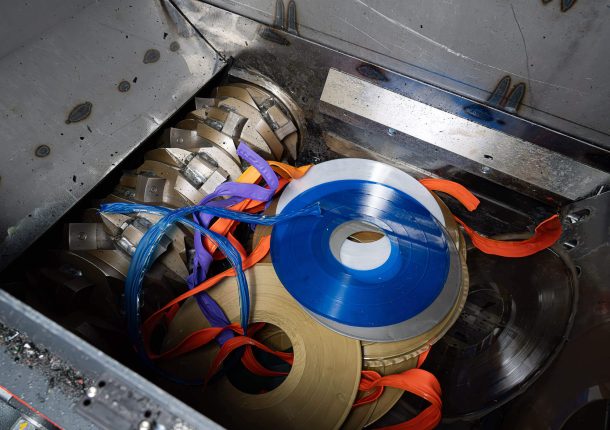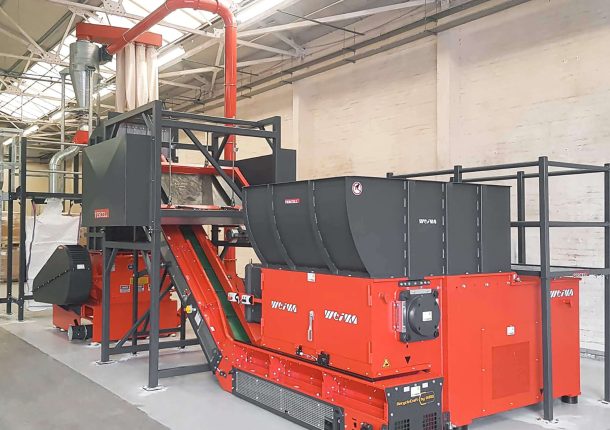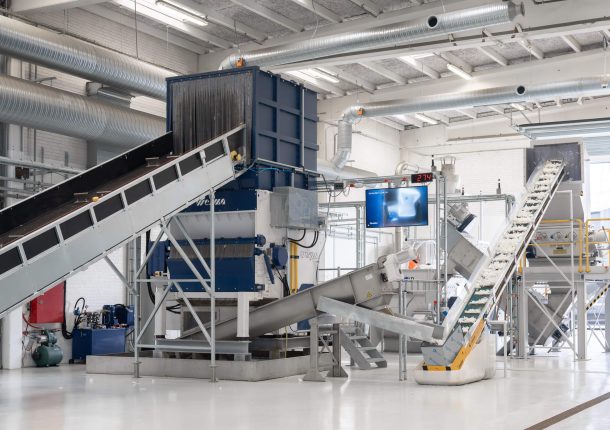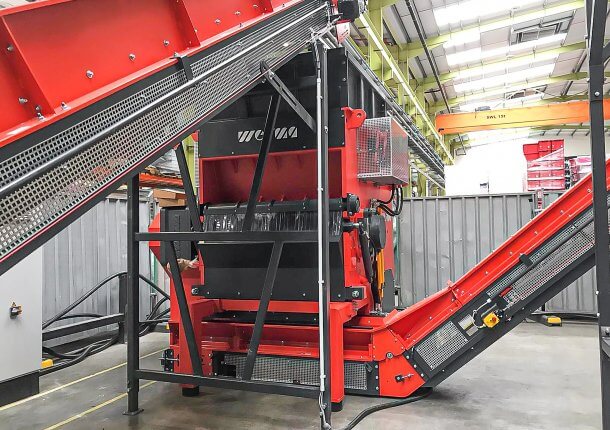Shredding and Recycling Rigid Plastics
Efficient solutions for post-consumer and industrial hard plastic recycling
Rigid plastics are so-called non-packaging plastics that are manufactured using various thermoforming processes. These include products such as buckets, watering cans, flower pots, pasta strainers, garden furniture and laundry baskets, which are used in private households. However, industry also uses hard plastics such as plastic pallets, waste containers, waste garbage cans and pipes.
Used hard plastics often end up in residual waste or are incinerated - their recycling potential is lost. The sustainable alternative is the professional recycling of post-consumer and industrial waste. The first step: shredding with WEIMA shredders to produce high-quality recyclate, which serves as a raw material for new plastic products.
Customer applications: Rigid plastics shredding with WEIMA
Practical examples of successful shredding with WEIMA shredders

Want to tackle your waste problem?
Request a customized shredding solution now.
WEIMA portfolio for shredding rigid plastics
The right machine for every material
Heavy duty machine design against increased wear
WEIMA shredders for processing highly abrasive materials can be protected with various options to reduce wear and thus downtime and maintenance costs. The thick walls of the machine frame make WEIMA shredders particularly robust. The rotor can be reinforced with Vautid, the screen with Creusabro. In order to protect the cutting knives against the impact of foreign objects, large knives with an edge length of up to 130 mm x 130 mm can be selected. Vautid can also protect knife carriers.
Best suited for hard plastics – the V rotor
The V rotor, specially developed by WEIMA, can be used universally and is made of solid material. Its aggressive material feed guarantees high throughput with low power requirements. Hardened steel cutting knives and adjustable counter-knives ensure the optimum cutting geometry, which can be precisely adapted to the material requirements. The result: homogeneous shredding results, high throughput rates, low energy consumption, resistance to foreign material, and low wear.

WEIMA V-rotor shreds HDPE pipes
Applications for the sustainable disposal of hard plastics from industry and private households
Inquire about a rigid plastics shredder today
Request a quote
Recycling of rigid plastics
The most important facts at a glance
Did you know?
Throughout Germany, nearly 3 million tons of plastic are recycled each year. From this, about 1.9 million tons of recyclate can be produced after the removal of impurities and color sorting.
Source: German Federal Ministry for the Environment, Nature Conservation and Nuclear Safety

See for yourself.
Have your material tested free of charge in our test center.
What are you looking for?
Explore all WEIMA solutions
